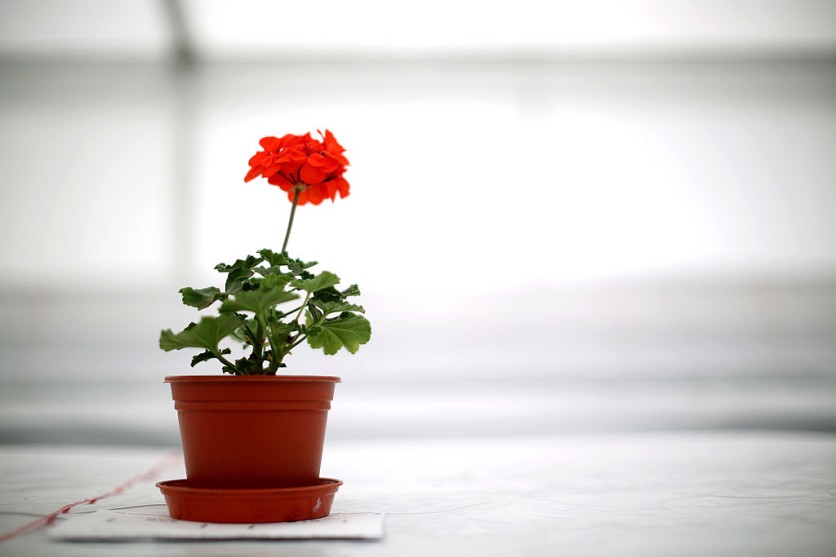In a quirky and innovative twist, coffee, renowned for its morning revitalization, is now taking center stage in the realm of 3D printing.
Leading this venture is Michael Rivera, an enterprising assistant professor at CU Boulder, whose brainchild involves repurposing old coffee grounds, a touch of water, and a sprinkle of sustainable ingredients to fashion an array of objects through 3D printing, the CU Boulder Today reported.

Coffee-Based 3D Printing
From dainty jewelry to sturdy plant pots and even espresso cups, coffee grounds have proven to be surprisingly versatile. Rivera envisions a sustainable loop where used grounds find new life in the form of 3D-printed creations.
This ingenious concept aligns seamlessly with Rivera's broader mission: to infuse 3D printing with environmental consciousness, providing a medium for artists, designers, and engineers to craft prototypes and household items without contributing to the burgeoning landfills.
What makes this method truly remarkable is not only its inventive brilliance but also its accessibility. It seamlessly integrates with most consumer-grade 3D printers, making it a potential game-changer in the 3D printing landscape.
The process involves combining dried coffee grounds with cellulose gum and xanthan gum, resulting in a substance similar to peanut butter. Upon drying, this mixture exhibits a robustness rivaling that of unreinforced concrete, promising a wealth of practical applications.
Yet, this innovation is far from a mere novelty. Rivera envisions a host of pragmatic applications. For instance, coffee-ground planters offer an eco-conscious means of nurturing acid-loving plants.
Once the seedlings reach a suitable height, they can be transplanted, pot and all, directly into the soil. Furthermore, by incorporating activated charcoal into the coffee grounds, the team opens the door to creating components that can conduct electricity, such as sustainable buttons for electronic devices.
Crucial Stepping Stone
While the prospect of coffee-based 3D printing may not permeate every facet of manufacturing, it serves as a crucial stepping stone toward uncovering alternative sustainable materials that could eventually eclipse plastics in the 3D printing realm.
It appears that coffee's repertoire extends far beyond morning refreshment, promising a future wherein waste finds a second life in creative and sustainable endeavors.
In sum, Rivera's coffee-ground 3D printing project exemplifies the innovative potential that can emerge from the intersection of everyday items and cutting-edge technology.
As the project continues to evolve, who knows what other surprising and sustainable applications might arise from this caffeinated creativity?
Related Article : International Coffee Day 2022: Here Are the Health Benefits of Coffe and Why You Should Drink it Everyday





![Most Useful Google Chrome Keyboard Shortcuts You Need to Know to Improve Your Browsing Experience [2024]](https://d.techtimes.com/en/full/449047/most-useful-google-chrome-keyboard-shortcuts-you-need-know-improve-your-browsing-experience-2024.jpg?w=184&h=103&f=476d29fd60df70a67f6679f99a2ca6d0)